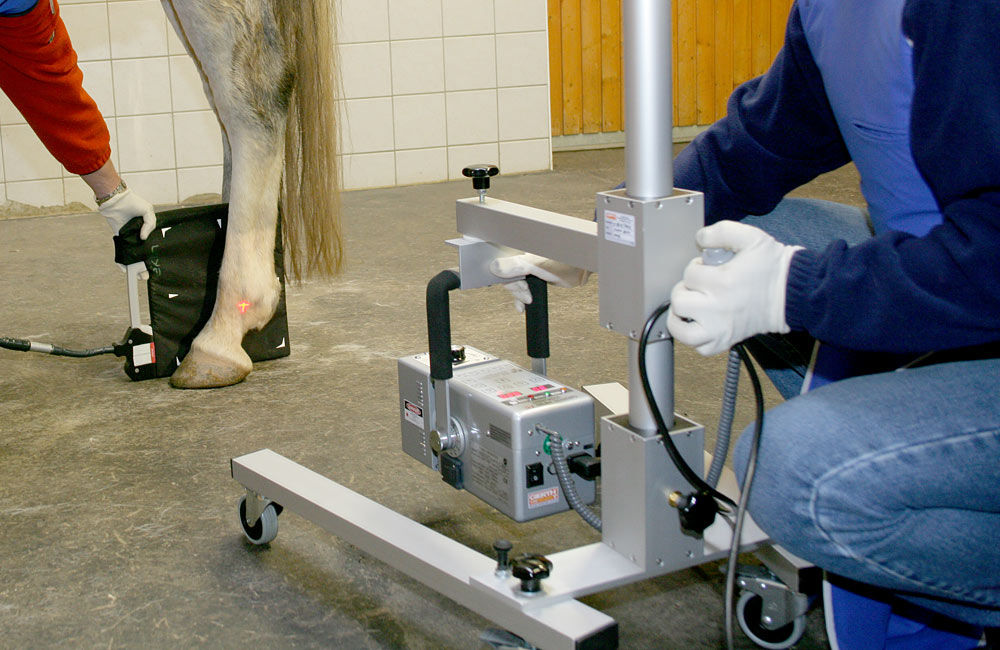
In the continually changing field of veterinary medicine, state-of-the-art technology is paramount. Not only does it help in precise diagnosis, but it also ensures the best care for our beloved friends. Among these technologies, X-ray imaging emerges as an invaluable tool. The success of this diagnostic method, however, is as much about the machine itself as it is about the vet x-ray components that complement it.
Whether you’re a professional in the field or just an animal lover keen to understand more, this guide will probe into the vital vet x-ray equipment available in the market today.
What Are Vet X-Ray Tools?
Vet X-ray accessories are supplementary tools and equipment used with the main X-ray machine to enhance the clearness, safety, and efficiency of the radiographic process. From positioning aids to protective clothing, these accessories play a key role in obtaining the optimal image, while also making sure the safety of both the vet and the animal.
The Essential Vet X-Ray Equipment
Positioning Aids
Getting an animal to stay still can be a tremendous task. Positioning aids like foam blocks, sandbags, and V-troughs are invaluable in these situations. They help in setting the animal correctly and securely to obtain precise images.
Lead Aprons and Gloves
Safety first! X-rays, while incredibly useful, can pose a radiation risk. Thus, protective gear such as lead aprons and gloves are vital. These accessories protect vets and technicians from long-term radiation exposure.
Cassette Holders and Grids
For optimum image clarity, the film or digital detector requires to be held in a specific position in relation to the animal. Cassette holders and grids come in handy for this reason. They not only help place the film but also improve the contrast of the X-ray image.
Calipers and Markers
To understand an X-ray correctly, one requires to know the specific size and orientation of the imaged area. Calipers help measure the thickness of the area being X-rayed, guaranteeing the appropriate settings on the X-ray machine. Meanwhile, radiopaque markers indicate the right and left sides, eliminating any potential mix-ups during diagnosis.
The Advantages of Investing in High-Quality Vet X-Ray Accessories
Accuracy in Diagnosis
Quality x-ray tools ensure that the image obtained is as precise as possible. Clearer images lead to more precise diagnoses, eventually resulting in better treatments.
Increased Lifespan of Equipment
High-quality items are durable and can withstand the routine wear and tear of a busy veterinary practice. Investing in top-notch equipment now can reduce costs in the long run.
Safety
The best vet x-ray equipment emphasize safety, reducing the risk of unwanted radiation exposure for both the veterinary staff and the animals.
How to Pick the Right Vet X-Ray Equipment?
With a plethora of choices up for grabs in the market, choosing the right x-ray tools can be a daunting task. Here are a few considerations:
Purpose: Realise what you need. For instance, if you’re working with larger animals, you’d need strong positioning aids.
Compatibility: Verify that the accessory is compatible with your existing X-ray machine.
Quality: It's always beneficial investing in the top quality equipment. Not only do they last extended periods, but they also guarantee the best results.
Reviews and Recommendations: Ask for advice from other vets or read online reviews to judge the performance of a certain accessory.
The world of vet x-ray tools is vast, with tools crafted to serve to every facet of the imaging process. As with any medical equipment, the concentration should always be on quality, safety, and accuracy. The right tools can make all the difference, turning a good X-ray machine into an exceptional diagnostic tool.
If you’re looking to upgrade or purchase new vet X-ray accessories, we suggest visiting xray4vets. With a broad range of high-end products designed for the veterinary world, you’ll find everything you need to elevate your radiographic skills.